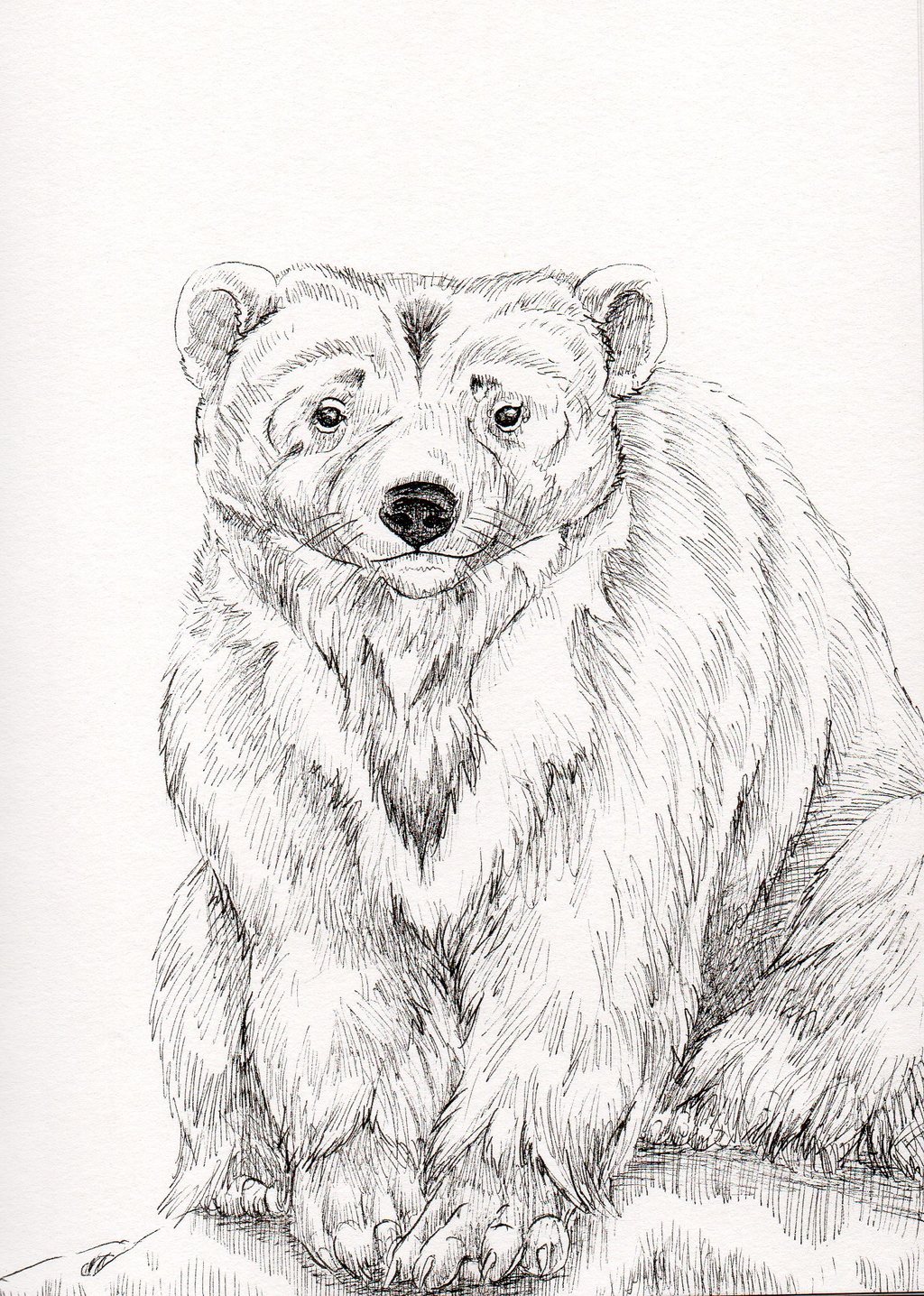Sign In
CloseTotem of the Day is Wolverine! Stand your ground! Now is a time to stand up for yourself in a clear, honest, assertive manner with attention to how you are communicating. Be sure to use caution without rushing ahead, though. Assess the situation for whether or not to fight or retreat and plan ahead for the future by gathering extra supplies. Make sure to get extra time out in Nature with calm, meditative walking. This may also be a time to add to your knowledge by joining a class or researching an area of study you are interested in. The Wolverine totem is known for it's connection to determination, courage, strength, power, and adaptibility. When Wolverine shows it can often remind us to accept our own nature rather than fighting against our own habits and shadows. It is a reminder that you have power and confidence, but to know that there is a time and place to be wild. Do not let your aggression or your shyness overtake you, but work on building a balance bewteen the two extremes. Among Native American Folklore, the Wolverine was often seen as an anti-social trickster. Tribes of Northern California saw them as lucky creatures involved in successful gamblings that meant good fortune was on the horizon. The Innu people of Labrador and Quebec viewed this creature as a trickster and transformer who shaped the earth, helped the people, but also was an entertainer showcasing his inappropriate misadventures. While the Alaskan Athabaskans saw Wolverine as a sign of strength and tenacity with some tribes hanging wolverine teeth as charms on baby backets. People who connect with Wolverine greatly enjoy being out in nature and camping with a natural feel of the woodlands like a second home. These individuals can sometimes be elusive with a tendency to hide from social events. They tend to avoid confrontation, but will stand up with aggressive force if necessary. Even so, these types can also be quite shy with a preference for staying in the background.
Wolverine, Gulo Gulo, are carnivorous mammals that can live up to 15 years in the wild. These bear-like creatures are actually the largest of the weasel family and are related to badgers, ferrets, skunks, and sea otters. An adult can grow up to 34 inches long from head to rear with a tail that can reach up to 10 inches long and a weight up to 40 lbs. Wolverines are native throughout Europe, Canada, and portions of North America and the Arctic Circle. They prefer mountainous regions, Boreal forests, tundras, and dense forest while, sometimes, wandering out into plains and farmlands in search of food. These solitary animals prefer colder climates with large territories from 40 miles to more than 300 miles to one male only willing to share his territory with females. Dens are dug into the snow where they can store food for later. Being nocturnal, Wolverines will hunt primarily during the nighttime. Their diet consists of primarily meat such as squirrels, bird's eggs, and rodents. However, they are able to take down animals much larger than themselves such as moose, mountain goats, and caribou. Rather than hunting them down, however, Wolverines will prefer to scavenge the kills of other animals rather than expending the energy to take down such large prey themselves. A single individual can travel up to 15 miles in a day just to find food, searching it out with a sense of smell so strong they can smell prey under 20 feet of snow. Their strong paws and claws help them to dig down into burrows to capture hibernating animals. Their jaws and teeth are so strong, they can crunch right through bone. Wolverines are known to stockpile their food so that when prey is scarce, they still have a meal to return home to. Being adapted to their snowy habitats, a Wolverine's paws will actually spread to twice it's original size when pressed to the ground which acts like snowshoes to help them walk on snow. Being excellent climbers and not great at running, wolverines are also known to rest up in the branches of trees in order to watch on prey easy to pounce on from above. When breeding season occurs between May and August, these animals are polygamous. Meaning that a single male will breed with several other females. These females will dig dens up to 15 feet deep in the snow where they give birth to up to three babies at approximately the same time every year in late winter or early spring. This enables them to grow when food is most plentiful. These babies are called kits and are born blind with pure white fur. While the male will visit now and again, the female takes primarily care for the kits which will sometimes stay with her up to two years when they are mature and able to breed as well.
Submission Information
- Views:
- 267
- Comments:
- 0
- Favorites:
- 1
- Rating:
- General
- Category:
- Visual / Traditional




